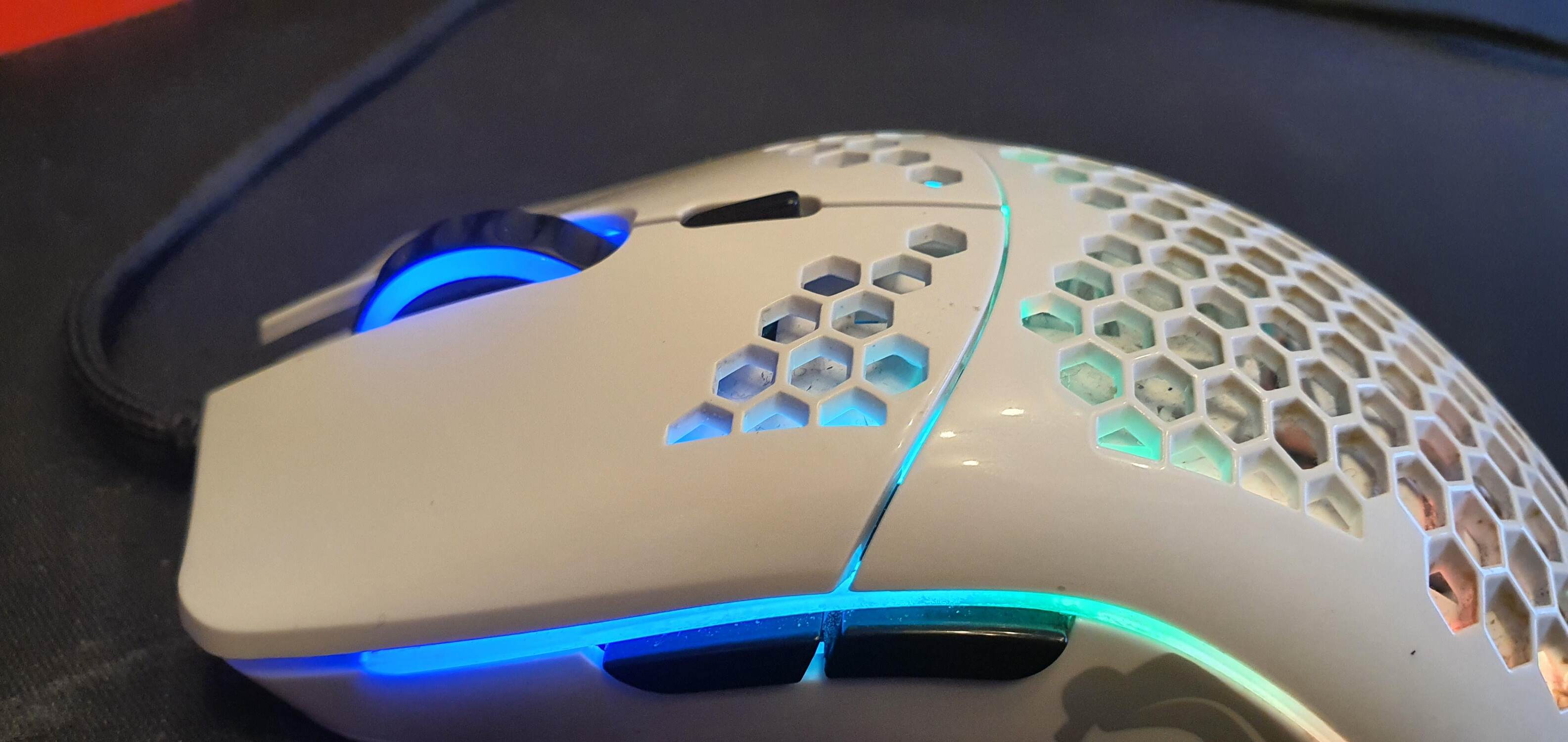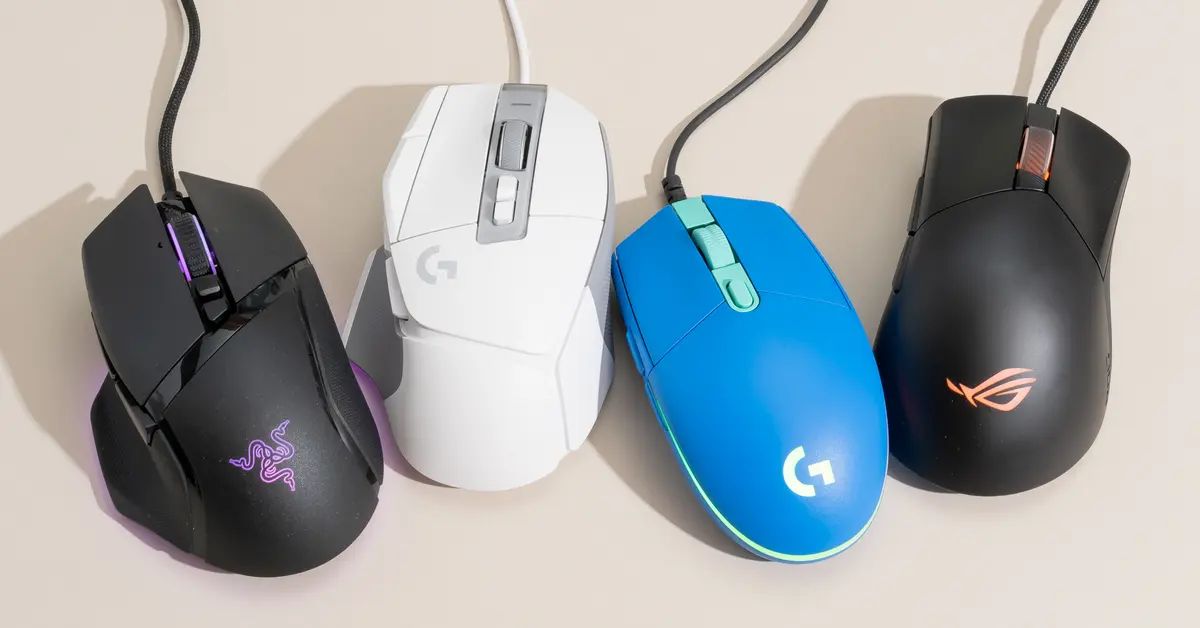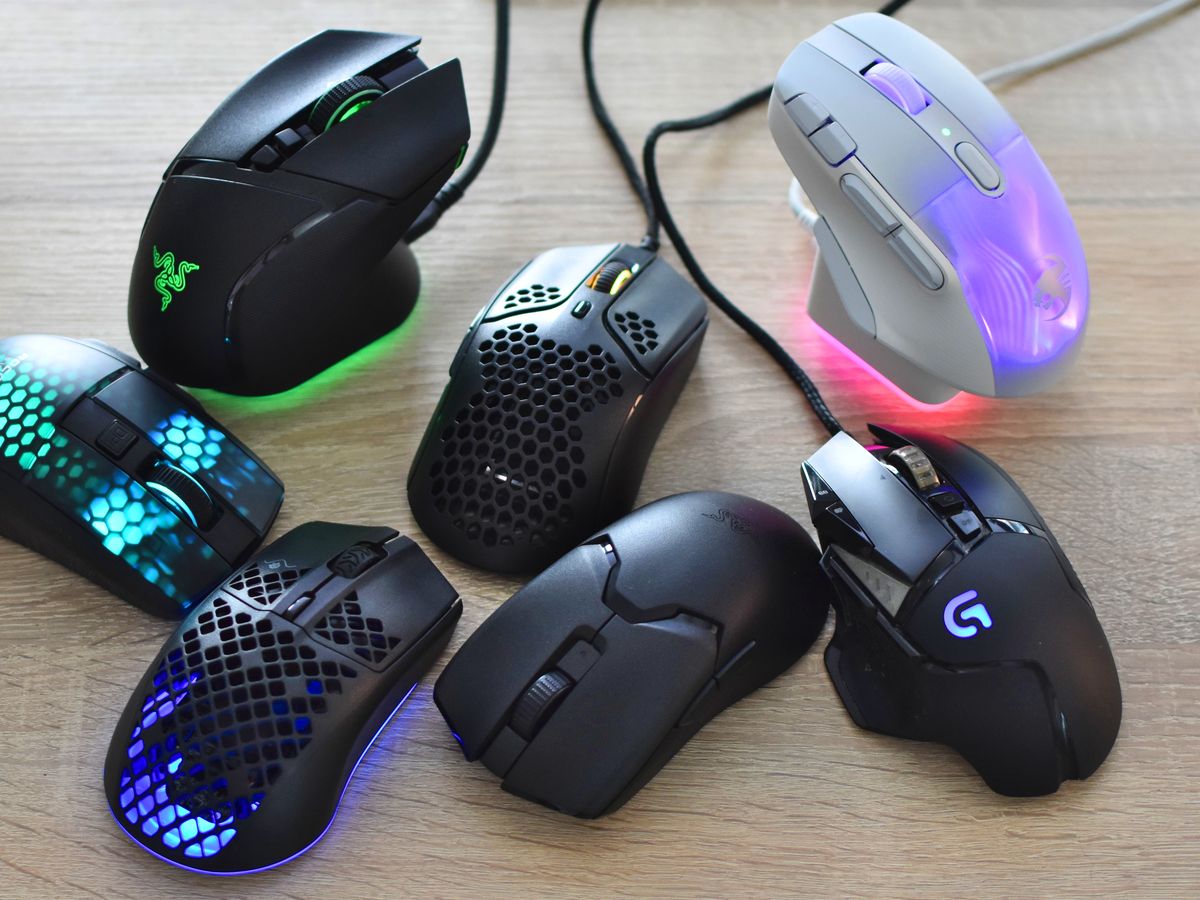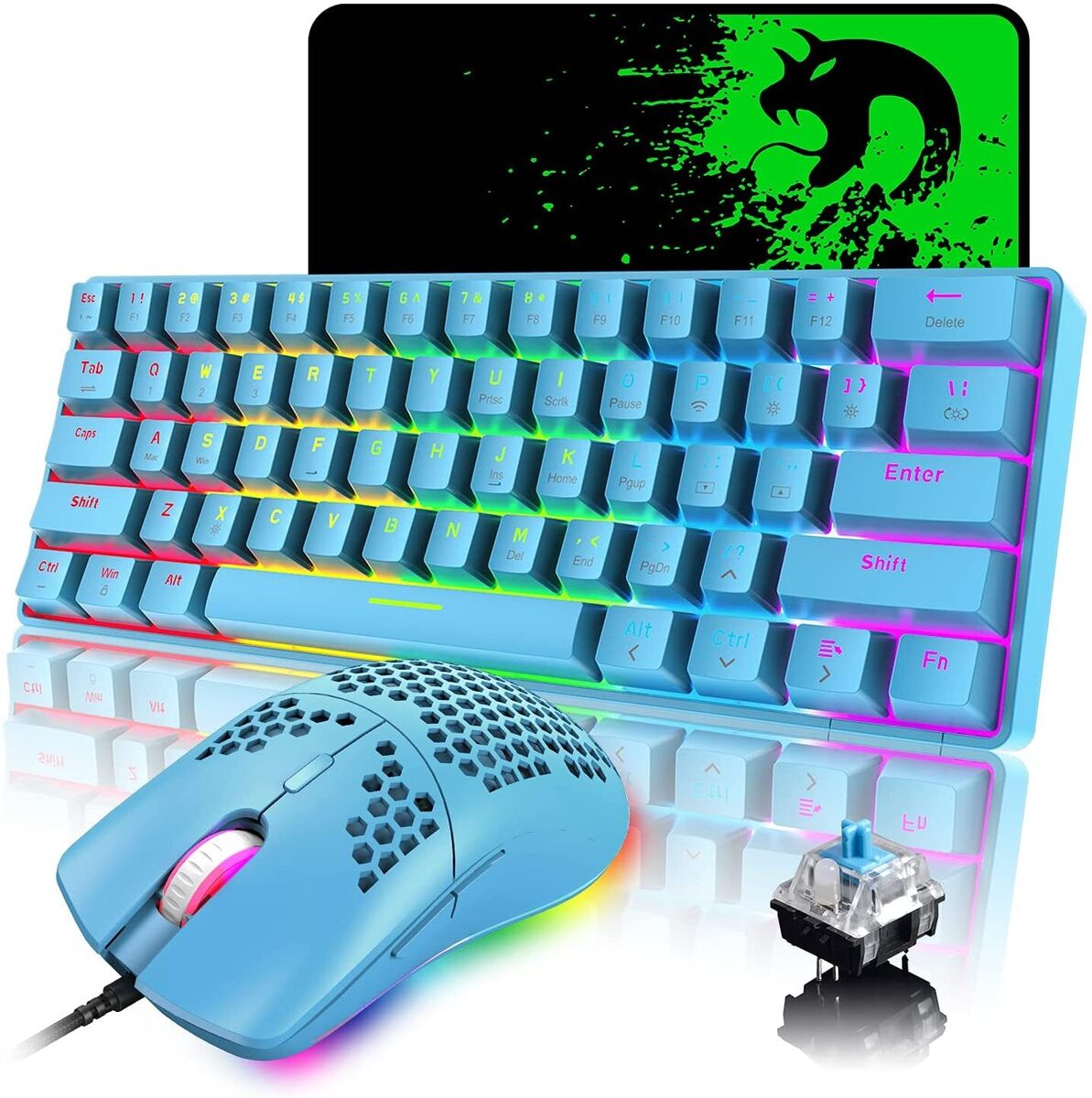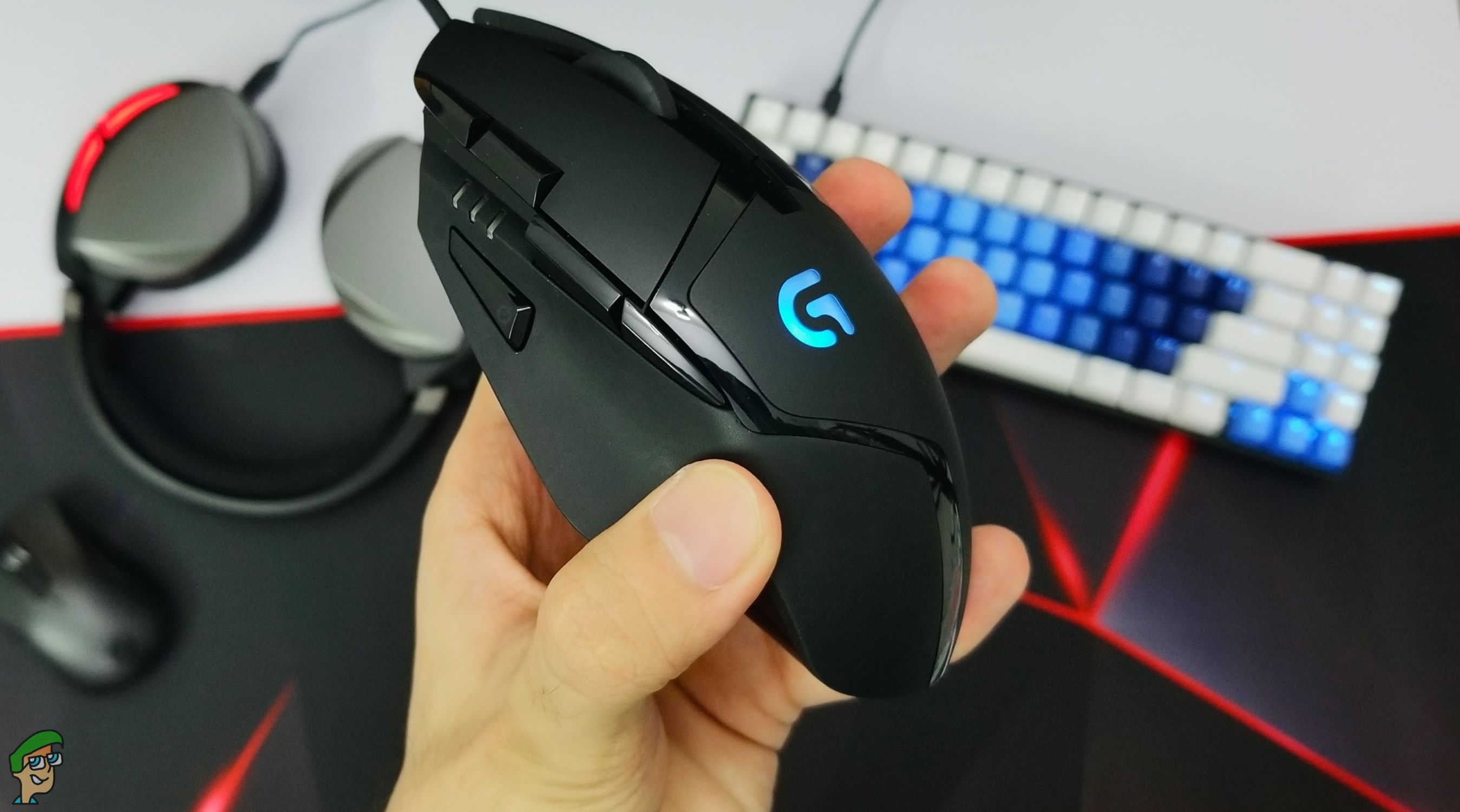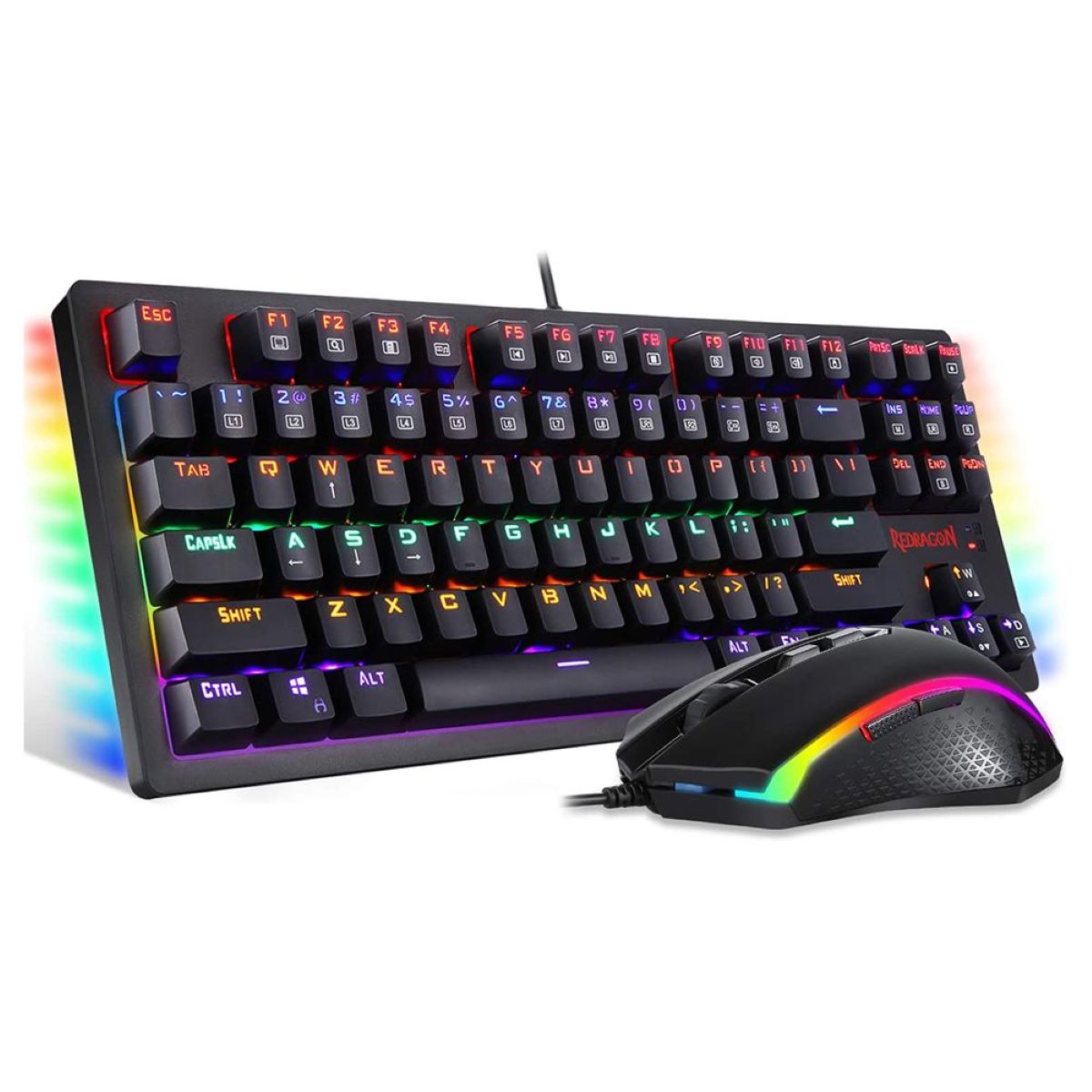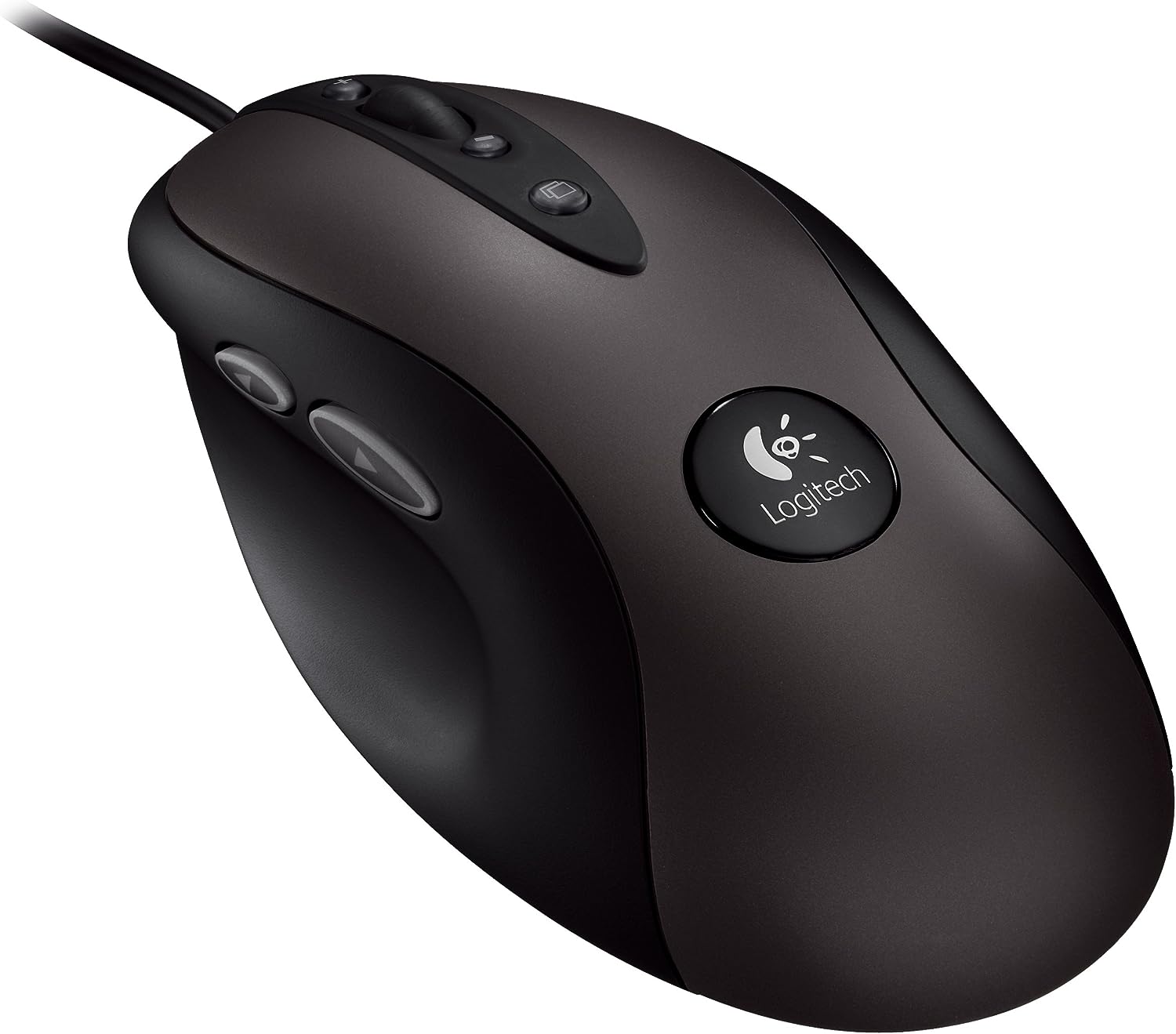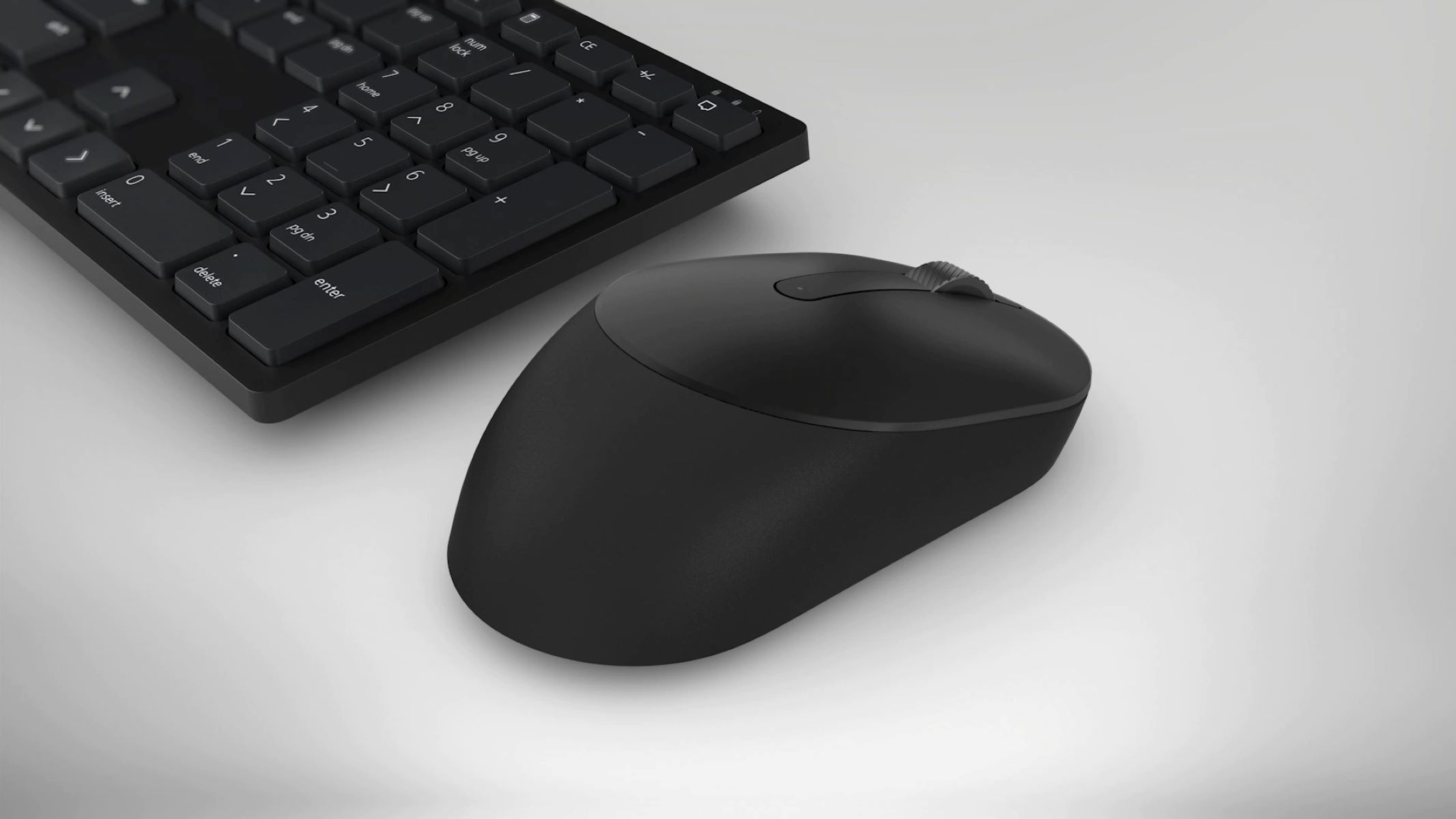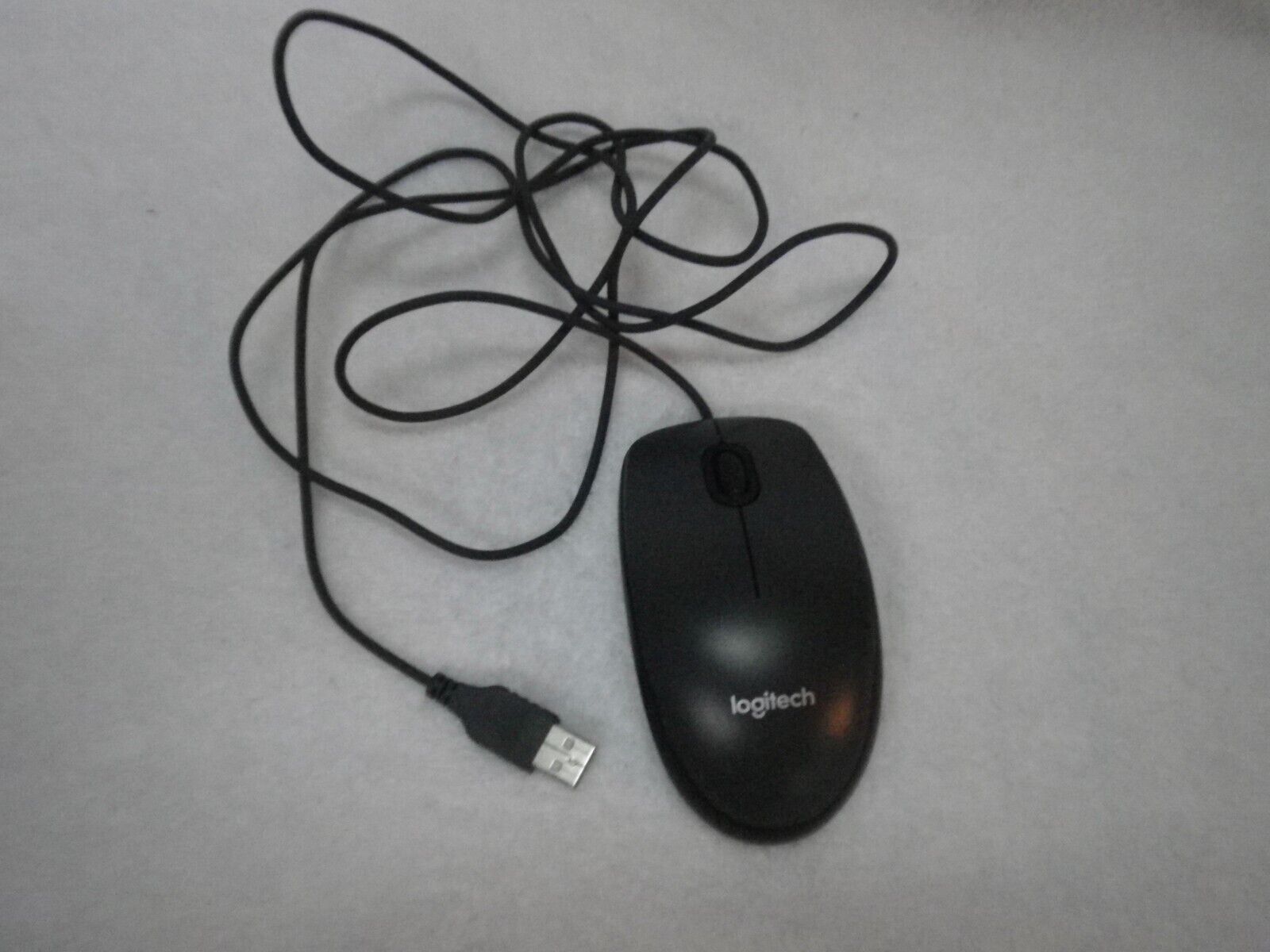Introduction
So, you've got yourself a fancy gaming mouse with all sorts of buttons, including one labeled "DPI." You might be wondering, "What does the DPI button do on my gaming mouse?" Well, fear not, because we're here to unravel this mystery for you.
The DPI button on your gaming mouse is a powerful tool that can significantly impact your gaming experience. Understanding its function and how to leverage it effectively can make a world of difference in your gameplay. Whether you're a seasoned gamer or just getting started, knowing the ins and outs of the DPI button can elevate your performance and give you a competitive edge.
In this article, we'll delve into the world of DPI (dots per inch) and explore the significance of the DPI button on your gaming mouse. We'll uncover how this feature works, its importance in gaming, and how you can customize DPI settings to suit your preferences. By the end of this read, you'll have a solid grasp of the DPI button's role and how it can enhance your gaming prowess.
Now, let's embark on this enlightening journey into the realm of DPI and discover the secrets behind that seemingly innocuous yet powerful button on your gaming mouse.
What is DPI?
DPI, which stands for “dots per inch,” is a crucial metric that determines the sensitivity of your mouse. Essentially, it refers to the mouse’s sensitivity to movement, specifically how many pixels the cursor will move on the screen for each inch the mouse is physically moved. A higher DPI setting means the cursor will cover more ground with less physical movement, while a lower DPI setting results in the cursor moving less with the same physical displacement.
For gaming purposes, DPI plays a pivotal role in precision and speed. A higher DPI setting allows for quicker cursor movements, making it ideal for fast-paced gaming scenarios that demand swift reflexes and precise targeting. On the other hand, a lower DPI setting provides finer control over cursor movements, which can be advantageous for tasks requiring meticulous accuracy, such as sniping in first-person shooter games or intricate maneuvers in strategy games.
It’s important to note that a higher DPI setting doesn’t necessarily equate to better performance. The optimal DPI setting largely depends on individual preferences, gaming habits, and the specific game being played. Some gamers prefer higher DPI for rapid movements, while others favor lower DPI for enhanced precision and control.
In essence, DPI serves as a fundamental parameter for tailoring your mouse’s responsiveness to suit your gaming style and preferences. Understanding the concept of DPI is essential for optimizing your gaming experience and achieving peak performance in various gaming scenarios.
How Does the DPI Button Work?
The DPI button on your gaming mouse is a versatile feature that allows you to adjust the mouse’s sensitivity on the fly. By pressing the DPI button, you can seamlessly toggle between different DPI settings, instantly adapting to the demands of various gaming situations.
Typically, gaming mice are equipped with multiple DPI presets, often indicated by different LED colors or corresponding indicators. Each preset represents a distinct DPI setting, empowering you to swiftly switch between them as needed. For instance, you might have a low DPI setting for precise aiming in sniper rifles and a high DPI setting for swift movements in fast-paced combat scenarios.
When you press the DPI button, the mouse cycles through the preset DPI levels, allowing you to visually identify the active setting through the associated LED indicator. This real-time feedback enables you to make quick, informed adjustments without interrupting your gameplay.
Furthermore, many gaming mice are accompanied by software that grants you granular control over DPI settings. Through the accompanying software, you can customize the specific DPI levels corresponding to each preset, tailoring them to your exact specifications. This level of customization empowers you to fine-tune the mouse’s responsiveness to align with your gaming preferences with exceptional precision.
Moreover, some gaming mice feature dedicated sniper buttons, which, when pressed, temporarily switch to a predetermined low DPI setting, facilitating enhanced accuracy for precise aiming. This functionality is particularly advantageous in first-person shooter games, where split-second accuracy can be the difference between victory and defeat.
Ultimately, the DPI button serves as a dynamic tool that empowers gamers to adapt to diverse gaming scenarios with unparalleled flexibility. Its seamless functionality and customizable nature make it an indispensable asset for optimizing gaming performance and achieving a competitive edge in the virtual battlegrounds.
Importance of DPI in Gaming
The significance of DPI in gaming cannot be overstated, as it directly influences a player’s ability to navigate virtual environments with precision, speed, and agility. In the realm of competitive gaming, where split-second decisions and flawless execution can determine victory or defeat, the DPI setting of a gaming mouse plays a pivotal role in shaping the gameplay experience.
One of the primary reasons DPI holds such importance in gaming is its impact on cursor movement speed and accuracy. A well-optimized DPI setting can significantly enhance a player’s aiming capabilities, allowing for swift and precise targeting in fast-paced combat scenarios. Whether engaging in intense firefights, executing precise maneuvers, or performing intricate tasks, the right DPI setting empowers gamers to navigate virtual worlds with unparalleled finesse.
Moreover, DPI customization enables players to tailor their gaming experience to suit their unique playstyles and preferences. Whether favoring high DPI for rapid cursor movements or low DPI for meticulous precision, gamers have the freedom to fine-tune their mouse’s responsiveness according to their individual needs. This level of customization fosters a more personalized and immersive gaming experience, ultimately enhancing player satisfaction and performance.
Furthermore, the importance of DPI extends beyond individual playstyles, as it directly impacts overall gaming proficiency. Professional gamers often meticulously fine-tune their DPI settings to achieve optimal performance in specific games or genres. Whether competing in first-person shooters, real-time strategy games, or multiplayer online battle arenas, having the right DPI setting can be a game-changer, enabling players to unleash their full potential and elevate their gameplay to the next level.
Additionally, the adaptability of DPI presets, facilitated by the DPI button on gaming mice, empowers players to seamlessly transition between different gaming scenarios. Whether requiring precise aiming in sniper duels, swift movements in close-quarters combat, or strategic precision in tactical engagements, the ability to instantaneously adjust DPI settings ensures that gamers are always equipped to tackle diverse challenges with confidence and finesse.
In essence, the importance of DPI in gaming lies in its capacity to empower players with the tools they need to excel in virtual battlegrounds. By harnessing the potential of DPI customization, gamers can unlock a world of precision, speed, and adaptability, ultimately shaping their gaming experiences into thrilling, immersive, and ultimately victorious endeavors.
Customizing DPI Settings
Customizing DPI settings is a fundamental aspect of optimizing your gaming mouse to suit your unique playstyle and preferences. With the ability to tailor the mouse’s sensitivity to your exact specifications, you can fine-tune your gaming experience for peak performance in a variety of gaming scenarios.
Many gaming mice are accompanied by software that provides extensive customization options for DPI settings. Through the intuitive interface of the software, you can access a range of parameters, including individual DPI levels, acceleration, polling rate, and more. This level of control allows you to meticulously adjust the mouse’s responsiveness to align with your specific gaming requirements.
When customizing DPI settings, it’s essential to consider the specific demands of the games you play. For fast-paced shooters, a higher DPI setting may be preferable, as it facilitates swift cursor movements and rapid target acquisition. Conversely, strategy games or tasks requiring precise control may benefit from a lower DPI setting, enabling finer cursor movements and enhanced accuracy.
Furthermore, customizing DPI settings enables you to create personalized presets tailored to different gaming scenarios. For example, you might configure a high-DPI preset for dynamic combat situations and a lower-DPI preset for precise sniping or strategic maneuvers. This approach allows you to seamlessly adapt to diverse gameplay challenges without compromising on accuracy or speed.
Additionally, some gaming mice feature onboard memory that stores customized DPI profiles, ensuring that your preferred settings are readily accessible across different devices and gaming environments. This convenience eliminates the need to reconfigure DPI settings each time you switch devices, providing a seamless transition between gaming setups.
Moreover, experimenting with different DPI settings and fine-tuning them based on your evolving gaming preferences can lead to significant improvements in your overall gaming performance. By continuously refining and customizing DPI settings to align with your playstyle, you can unlock your full potential and experience a heightened level of control and precision in your gaming endeavors.
In essence, customizing DPI settings empowers gamers to sculpt their gaming experiences according to their unique preferences and requirements. By leveraging the extensive customization options available, players can forge a personalized gaming environment that amplifies their capabilities, enhances their enjoyment, and ultimately propels them to victory in the virtual realms they inhabit.
Conclusion
As we conclude our exploration of the DPI button on gaming mice, it’s evident that this seemingly unassuming feature holds tremendous significance in the realm of gaming. The DPI button, accompanied by the concept of dots per inch, serves as a catalyst for precision, speed, and adaptability, offering gamers a powerful tool to enhance their gameplay experiences.
Understanding the intricacies of DPI and the functionality of the DPI button empowers gamers to navigate virtual worlds with finesse and agility. Whether engaging in fast-paced combat, executing precise maneuvers, or strategizing with meticulous control, the ability to seamlessly adjust DPI settings ensures that players are equipped to conquer diverse gaming challenges with confidence and dexterity.
Furthermore, the customization options afforded by DPI settings and the accompanying software provide gamers with a canvas to tailor their gaming experiences to match their unique playstyles and preferences. By fine-tuning DPI levels, creating personalized presets, and experimenting with different configurations, players can unlock their full potential and achieve unparalleled precision and control in their gaming endeavors.
Ultimately, the DPI button on gaming mice represents a gateway to a world of customization, adaptability, and performance optimization. Its role in shaping the gaming experience is undeniable, offering players the tools they need to excel in virtual battlegrounds, unleash their creativity, and savor the thrill of victory.
So, the next time you press that DPI button on your gaming mouse, remember that you’re not just adjusting a setting – you’re unlocking a realm of possibilities, fine-tuning your virtual arsenal, and embarking on a journey towards gaming mastery.
Embrace the power of DPI, harness its potential, and let your gaming prowess soar to new heights as you conquer the digital realms with precision, speed, and unbridled passion.







